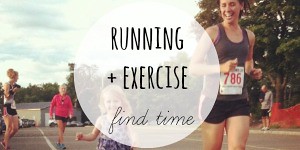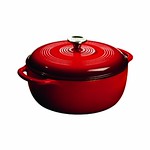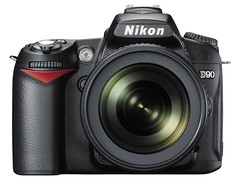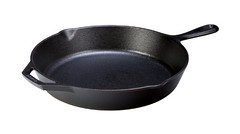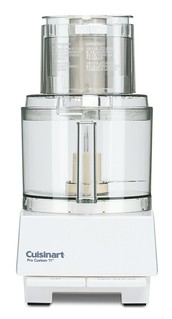In the dark . . .
>> Friday, November 23, 2012
I'm just going to say it: Running after the sun goes down isn't the safest habit. You may disagree. And that's fine, but I have quite a bit of experience logging miles after dark. Lots of experience, actually. Still, it is often necessary to head out when visibility isn't optimum.
For example, you may work during the day, may not have a gym membership, may juggle family/other runners, etc. Or a combination of all these reasons.
This time of year, I typically run half of my weekly mileage after dark.
Now, let's back up. I absolutely love running sans-sun. But to be entirely honest, I have tripped on sidewalks and fallen flat on my face. Many times. Or almost been hit by cars. Or twisted my ankle. You see what I mean by now. But we'll get to all that in a moment. Over the years, I've gotten smarter about the whole thing.
Here are some tips.
- Walk or s.l.o.w.l.y jog to-be running routes in the dark to look for obstacles or other issues (poor or absent lighting, places where cars dart out ahead of stop signs, safety, etc.). I almost guarantee you'll notice something to watch or avoid that you wouldn't have thought of -- even if you regularly run that route during the day.
- If you can avoid it, try not to plan hard workouts for nighttime (or early morning) runs. Stephen and I have worked out a schedule where we alternate days. His difficult workouts are usually on Tuesdays and Thursdays. Mine is on Wednesday. So, we run in the daylight those days, as well as for our weekend runs.
- Invest in an inexpensive head lamp. (Mine was only $8, but there are lighter, less bulky ones, too.) It will help your visibility, but -- more importantly -- it will help other pedestrians, cyclists, motorists, etc. see you.
- Consider slapping on a reflective vest. We share one much like this and, again, it helps others see us. I can tell a huge difference when I wear it, especially with motorists making rights-on-red at intersections or inching forward at stop signs.
- Be a defensive runner. When it's bright outside, I tend to push my rights as a runner. I usually make eye contact and keep my pace across streets if a car is only approaching. At night, I always, always assume that no one can see me. So, if there's a car nearing, I slow down or stop until there's been some type of contact made. (Which is why it's good to not have a specific pace workout planned.)
- Change your stride. Take short, quick steps, which will give you more contact with the ground. Better awareness of what's underfoot.
I try my best to follow all these rules, but I still find myself falling or worse. So, if you can -- try to do most of your running when the sun is up. If you can't, consider joining a gym either temporarily (I know some offer winter-only memberships or a freeze on memberships) or year-round (there are bare-bones gyms around my area that cost only $10/month).
There's nothing bad-ass or hardcore about running in the dark if you hurt yourself.
So . . .
Pay attention. It's true that for many of us, running is when we let our minds wander. However, when it's dark -- it's best to try and use all senses to stay safe. All the gear in the world can't help otherwise.
Do you have any tips for running at night (or early morning)?
Like what you just read? You can subscribe to the feed of these posts or follow us on Twitter or Facebook to be the first to know what the (never home)makers are up to. And we’ll love you forever!



